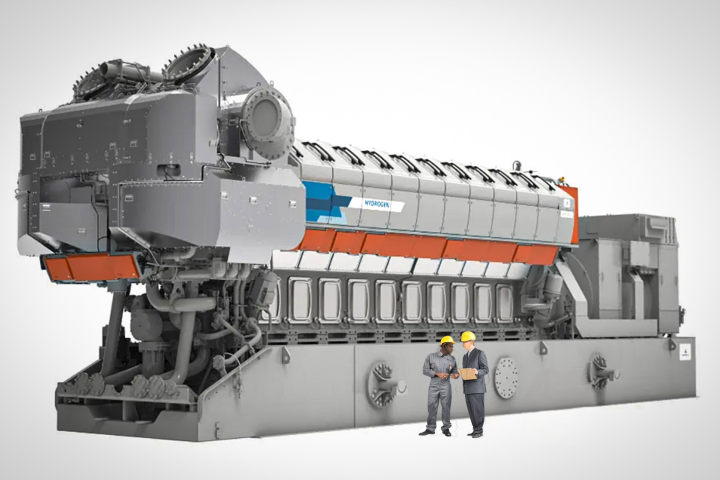Contemporary Amperex Technology Company Limited (CATL) is the current world leader in manufacturing batteries for electric vehicles, owning 37% of the entire market share. Nearly every major car manufacturer, from Ford to Tesla, is using CATL batteries.
In April of 2023, CATL announced its "condensed battery" packing over twice the energy density of nearly anything else on the market at an incredible 500 Wh/kg. For reference, a typical lead acid car battery can have upwards of 50 Wh/kg, while lithium-ion EV batteries like those in the Tesla Model 3 can pack up to around 265 Wh/kg.

The company says the condensed battery was designed with safety and weight in mind – specifically to be aviation-grade, with the expectation of being used to boost the range of clean aircraft.
Three months after that announcement, CATL established an aviation division, partnering with Commercial Aircraft Corporation of China (COMAC) – a Chinese state-owned aviation company.
And things have moved very quickly since then. On Tuesday, CATL announced that it has successfully test flown a 4-ton aircraft on battery power. The craft's battery bank, engine configuration, any data regarding flight length, altitude, or speeds all appear to be closely guarded state secrets at the time of writing, but ChinaDaily reports CATL is aiming to have a commercial electric aircraft with a range of 2,000 to 3,000 km (1,240 to 1,865 miles) ready by 2027 or 2028.
An 8-ton aircraft is a far cry from a 31-ton Boeing 737 or a 41-ton Airbus A320, but a Learjet 70/75 weighs in at just over 7 tons and can fly with nine passengers on board, which appears to be the market CATL is initially targeting.
The promised range figures far exceed any clean passenger aircraft currently flying. Even futuristic battery-electric airliner concepts like the Elysian E9X promise no more than 1,000 km (621 miles), and we're not seeing range promises anywhere near this even using liquid hydrogen fuel – so if CATL can do what it claims, this is indeed a giant leap in aviation technology.
Chinese aviation authorities have already demonstrated a willingness to push forward with futuristic electric air transport by fully certifying eHang's eVTOL air taxi operations years before US or European regulators are ready to greenlight similar commercial aircraft in the West.
On the other hand, the more energy per weight any given battery carries, the higher the likelihood of thermal runaway issues, and the more spectacularly destructive the outcome becomes when things go wrong. Five hundred Wh/kg is a very frightening number in that context, so we certainly hope safety testing is first, second and third priority as CATL works to get this remarkable aircraft into service within a few years.
Source: ChinaDaily





